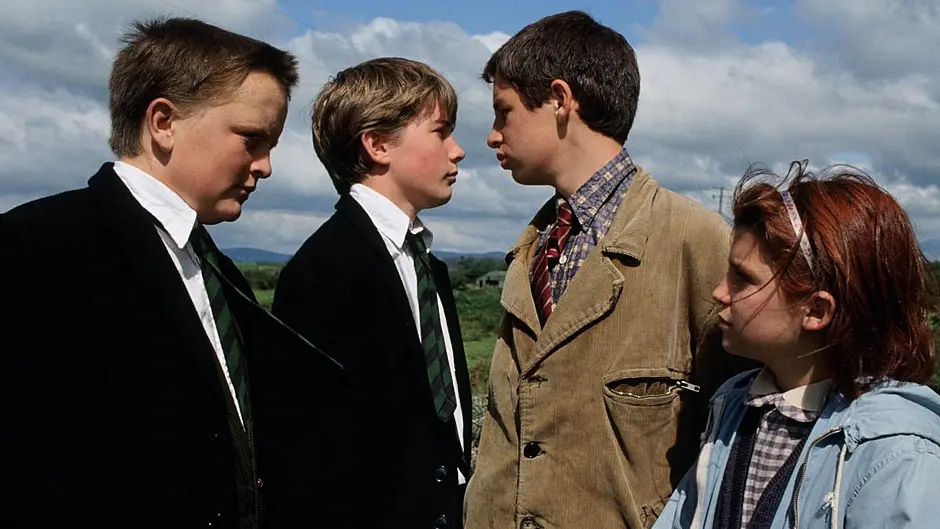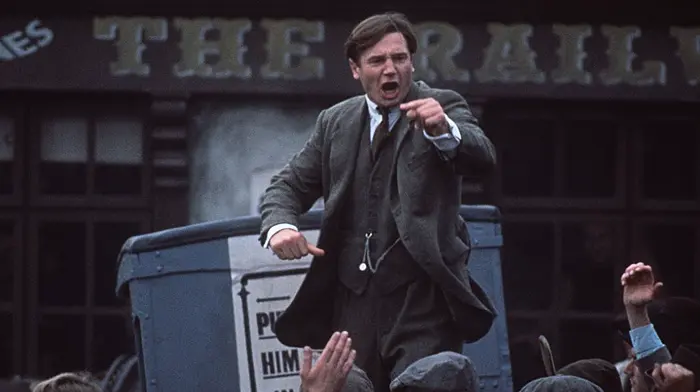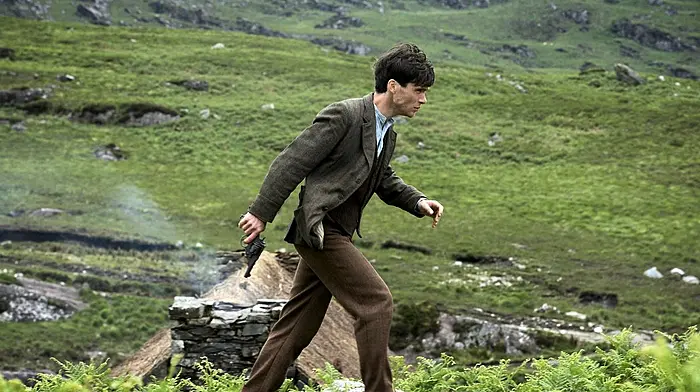The Southern Star's resident film buff Dylan Mangan is revisiting some classic films that were set in or are heavily influenced by the great county of Cork. So far we’ve covered The Wind that Shakes the Barley and Michael Collins – this week we turn to War of the Buttons (1994) directed by John Roberts.
Filmed in a variety of towns and villages across West Cork, featuring a number of local children in prominent roles and with locals employed in each department of the crew, it's fair to say War of the Buttons is a West Cork film through and through.
The basic story: two rival gangs of kids from fictional towns Ballydowse and Carrickdowse – connected only by a single, narrow bridge – have been in an eternal war of one-upmanship, with the victors of each battle cutting off the buttons from their enemies clothes as proof of their superiority.
The essence of War of the Buttons, which premiered in Cork in 1994, can be seen in its opening scenes, where we first see the level of animosity between the two groups.
The school in each town has been tasked with selling raffle tickets to help fund a hospital in Skibbereen. Neither gang wants to be outdone so they run after the local postman to sell tickets to him, ending up in a standoff at the bridge that separates the towns.
Incidentally the bridge, which can be found at Union Hall, is what drew producer Lord David Puttnam to West Cork for filming, with him saying in the past that it provided the flashpoint to grow the rest of the film around.
In the ruckus at the bridge, one Carrick boy – in quite a threatening manner – lifts the smallest Bally boy Con, and dangles him over the edge of the bridge, calling him a ‘tosspot’.
After the fight is resolved, the Ballydowse gang are concerned with only one thing.
‘Con?’
‘What?’
‘What does tosspot mean?’
‘I don’t know….I know what a pot is.’
Their exchange and fixation on the meaning of the word is a comedic setup to what is – on the surface at least – a charming and enjoyable film about the excitable imaginations and mischievous nature of young children.
But aside from the laughs and general light tone of the film, there are some obvious lessons there for the adults in the room as well.
As the story progresses the boys learn about the often futile nature of war, however innocent it may be, and how those fighting are often more similar than they think.
The film’s story is based on the novel La Guerre des boutons, first published in 1912, and has seen numerous adaptations in different countries. The beauty of the story is that it lends itself to various readings depending on the context in which it was made.
One adaptation from 2011 is set around the time of the Algerian War in 1950, while this film came out in a year where ceasefires were announced in Ireland.
That being said, the makers of the film did quite obviously attempt to avoid any true references to the outside world, not specifying exactly when it takes place or including much of a sense of an adult world.
The result is a film which is a timeless and inoffensive in nature, and could be enjoyed by any family from anywhere in the world.
And as for what ‘tosspot’ means – let’s just say you probably shouldn’t ask the parish priest.








